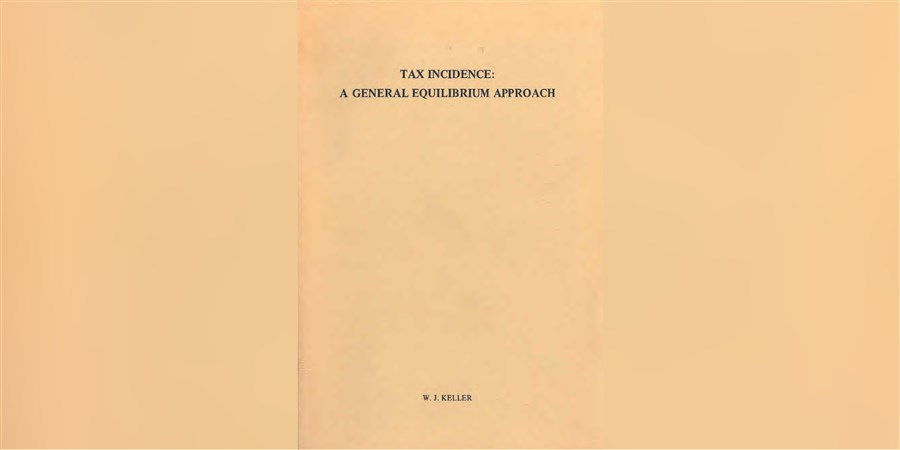Tax incidence: A general equilibrium approach

Tax incidence is concerned with the distribution of the burden of taxes. One may think of it as a matter that can be solved by looking at the amounts of taxes paid. However, if we realize that taxes might interfere with important economic indicators as prices (including wages, rentals etc.) some consideration will reveal that there is no straightforward way answer to this problem. What we need to know to solve the problem of tax incidence is not simply the answer to the question of who pays the tax (or who does not pay the tax), but the answer to the more fundamental question: “What is the impact of taxes on prices in our economy?”.
To answer this question we need to know the role of prices in the economy. Therefore, we should examine the reactions of individual agents to prices, and also, the crucial interactions of all these reactions with one another. A so-called general equilibrium model will be used to explain prices and to see the effect of tax changes on prices. A key assumption of this model is that prices of goods and services are determined such that supply and use are in balance.
The model has been applied to data on the Dutch economy for 1973. One result is that the pressure from a tax increase ends up approximately where it was intended by the legislator. Another result is that the openness of the Dutch economy has a stabilizing influence on producer prices of goods made in the Netherlands.
Keller, W. J. (1979). Tax incidence: A general equilibrium approach. Dissertation, Erasmus University Rotterdam. (Only available in print)